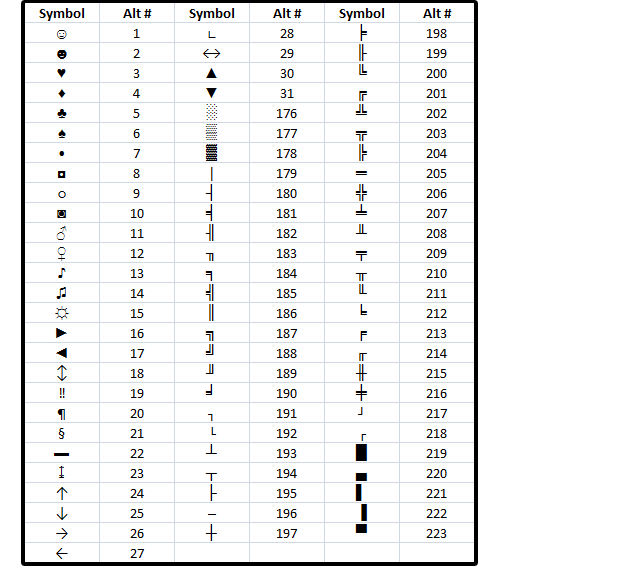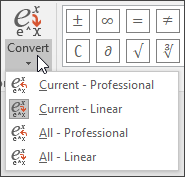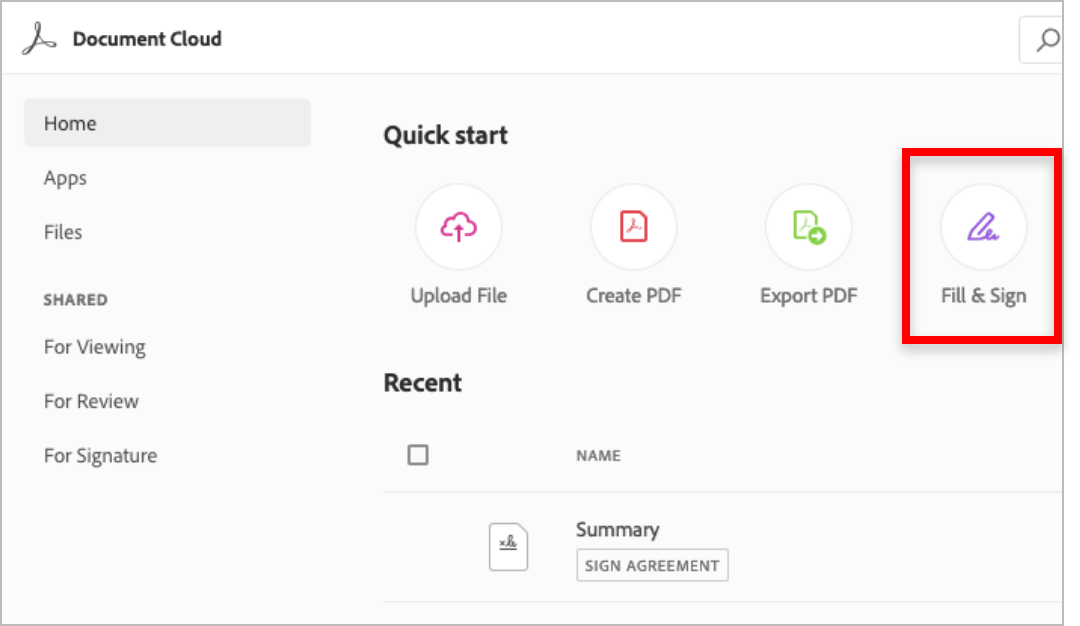- An O With Two Dots Over It Microsoft Words Games
- An O With Two Dots Over It Microsoft Words Game
- A With Two Dots
- An O With Two Dots Over It Microsoft Words Generator
- 3-minute read
- 13th April 2017
For those who struggle for brevity in writing, using bullet points and numbered lists can help ensure clarity. And they are particularly good when giving examples or outlining a process.
Thankfully, Microsoft Word makes it easy to add these to your work.
Historically O -diaeresis was written as an o with two dots above the letter. O-umlaut was written as an o with a small e written above in cursive old German (Gothic) script (Oͤ oͤ): this minute e is represented by two vertical bars connected by a slanted line, which then degenerated to two vertical bars in early modern handwritings. At Unicode 0308 you'll find the. 'combining diaeresis' character, two dots that can be placed over any. I suggest that you make an AutoCorrect entry for each letter +. Diaeresis combination you need. For example: - Type the letter B in a document. Go to Insert Symbol and insert the diaeresis. If you can’t figure out how to do it in Microsoft Word 2007, then you can always produce the symbols in another application and then copy and paste them into your Word document. Character Map will help with this (StartProgramsAccessoriesSystem ToolsCharacter Map) - if you click ‘advanced view’, you can type in the unicode, then select. The mark used as an exclamation was originally a way of writing IO, a Latin word meaning exclamation or expression of joy. There are two widely-accepted theories as to the origin of the exclamation mark: Scribes saved space by putting the I above the O with the O eventually becoming a filled-in dot.
Using Bullet Points
The O with two dots or Umlaut Symbol shortcut for Microsoft Word is Ctrl + Shift +;, Shift + O or 00D6, Alt X. These shortcuts work in Microsoft Word Only. To use the O Umlaut symbol shortcut on Windows (for Word), obey the following instructions: Place the insertion pointer in the right place.
Bullet points are generally used when listing things non-sequentially (i.e. when the order doesn’t matter). As a general rule, though, bullet points aren’t used for lists of less than four items, since these lists can be included in the main text of your document.
To insert a bullet pointed list when using Microsoft Word 2010 or later:
- Place the cursor where you want to add the list.
- In the ‘Home’ tab, find the bullet point button under ‘Paragraph’.
- If you’re happy with the default bullet point type, click the icon.
- If you want a specific style of bullet, click the arrow and select one from the menu.
- Write the first item in your list, then press ‘Enter’ to add a new bullet.
- To finish your list, press ‘Enter’ twice after the final item.
If you really want to mix things up, you can even use custom images as bullet points!

An O With Two Dots Over It Microsoft Words Games
Using Numbered Lists
Numbered lists are used when you want to list items sequentially or in order of importance. The way to do this is very similar to inserting bullet points:
Find this useful?

Subscribe to our newsletter and get writing tips from our editors straight to your inbox.
- Place the cursor where you want to start the list.
- Under the ‘Home’ tab, find the ‘Numbering’ button.
- To use the default number type, simply click the icon.
- To select a custom numbering system, click the arrow for more choices.
- Write the first item in your list, then press ‘Enter’ to move to the next one.
- To finish the list, press ‘Enter’ twice after writing the final item.
For more customisation, you can also play with the ‘Define New Number Format’ options.
Using Multilevel Lists
If you’re feeling extra adventurous, you can even use a ‘multilevel’ list. This is especially useful if you want to include sub-lists within your main list.
An O With Two Dots Over It Microsoft Words Game
To create a multilevel list:

- Place the cursor where you want to start the list.
- In the ‘Home’ tab, click the ‘Multilevel list’ icon or select a list style from the menu.
- Write your list as normal until you want to include a sub-list.
- Add a new point in your list. At this point you have two options:
- Press ‘Tab’ button on the next line. The line will indent itself and use the next list level in the style you have selected each time you press tab.
- In the bullet point, numbered list or multilevel list menus, select the level you want to use with the ‘Change list level’ option.
And for more control, click ‘Define New Multilevel List’ in the ‘Multilevel list’ menu. Here, you can change the settings for the different levels of a multilevel list.

To write German on a PC or a phone correctly you will make use of Umlauts (the letters with the dots above them). ß (scharfes S) is technically not an Umlaut, but is included here for completeness.
On a Mac: For the casual German learner
If you are on a Mac, you only need to press the corresponding letter down and keep holding it. A menu will appear above the cursor. Then just press the number corresponding to the letter. In the example above type 4. That’s all!
On a Mac: For the advanced daily German writer
If you are typing German more often, why not install the German keyboard? You will need to remember where to find each key, but if you type German often this is the best way.
- Go to System Preferences -> Keyboard
- Open the Input Sources Tab
- Click + and choose ‘German’
- Select the Option ” Show Input menu in the menu bar” to be able to switch between your German and English keyboard easily
On a PC: For the casual German learner
Hold down the “alt” key on your keyboard and type one of these codes:
- ä : Alt + 0228
- ö : Alt + 0246
- ü : Alt + 0252
- ß : Alt + 0223
- Ä : Alt + 0196
- Ö : Alt + 0214
- Ü : Alt + 0220
On a PC: For the advanced daily German writer
You can set-up either the US International Keyboard or the German keyboard. See instructions here: https://support.microsoft.com/en-us/help/306560/how-to-use-the-united-states-international-keyboard-layout-in-windows . Once you have set-up the keyboard just type ” + the corresponding vowel = ä ö ü . For ß you need to press CTRL + ALT + S together.
A With Two Dots
On your iPhone or Android: For the casual German learner
On most phones you will have a pop-up with special letters appear if you long-press the letter on the keyboard.
On your iPhone or Android: For the advanced daily German writer
You can install a German keyboard in the settings of your phone. For iPhone, this is in Settings -> General -> Keyboard. You can switch between the keyboard easily after it is installed through the world icon, that will be shown on the keyboard. For Android it is difficult to give general instructions since every model differs. There will be an option somewhere in the menu to add an additional keyboard.